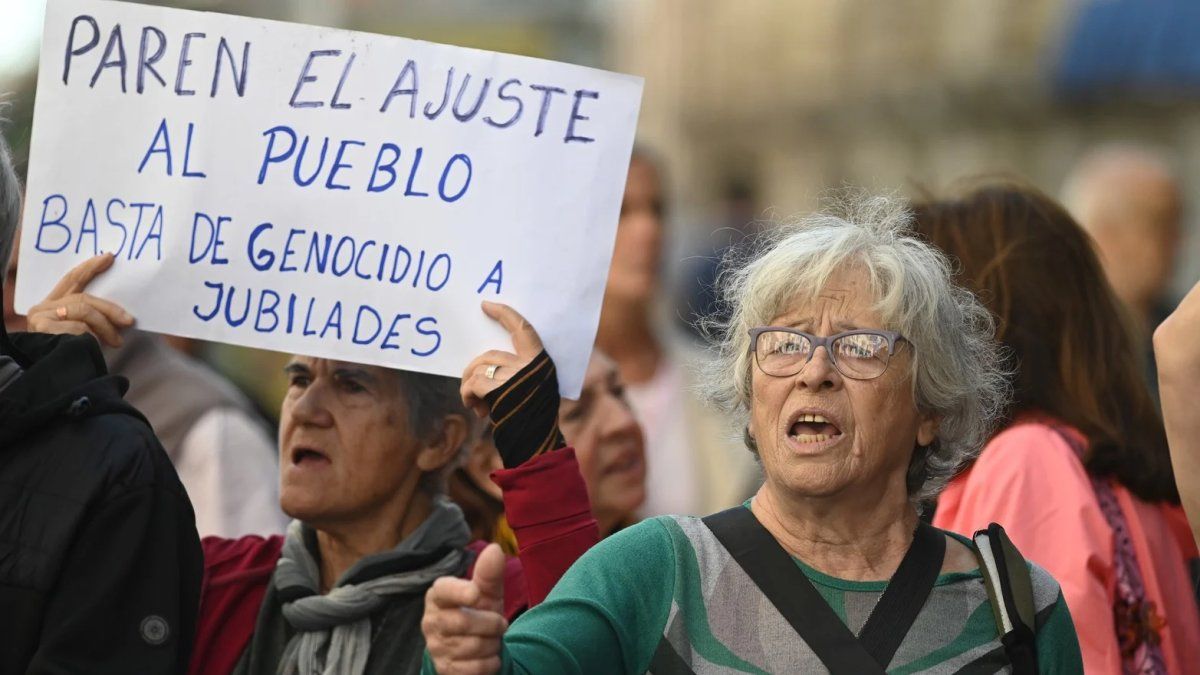By Of every $100 of adjustment that the Government has been applying throughout the year, $26 were contributed by retirees, which makes the sector the one with the greatest participation in spending cuts.
In an analysis of data from the National Public Sector (NPS)) of August, the Argentine Institute of Fiscal Analysis (IARAF) estimated that in the first 8 months of the year the spending cut was 30% real compared to the same period in 2023.
“In the first eight months, national public spending on a cash basis fell by $25.9 billion in constant August pesos compared to 2023,” IARAF reported.
The report states that “14 of the 16 types of spending saw cuts of $26.3 trillion in constant currency, then 2 had increases of $0.4 billionso as a result the Primary spending fell by $25.9 billion”.
“Of those expenses that fell, It can be seen that retirements and pensions supported 26% of the total reduction (their share decreased 1 pp compared to the previous month), direct real investment 15%transfers to provinces 14%, energy subsidies 11% and salaries 8%, among the most important,” the report states.
In this regard, the Ministry of Economy reported that In August, the National Public Sector (SPN) recorded a primary result of $899.660 million and a financial surplus of $3.531 million, after paying interest for $896.130 million.
How much did spending fall across sectors?
The IARAF study indicates that in the first 8 months of the year14 out of 16 national expenditures fell year-on-year in real terms by 30%. All expenses decreased with the exception of universal allocations for social protection, which grew by 21%, and PAMI benefits, with 0.7%.
The expenses that fell the most were: Capital transfers to provinces (-97%)direct real investment (73%) and current transfers to provinces (-70%).
Meanwhile, In August, national primary spending fell by 24% in real termswhile the Total revenues fell by 14%, so the gap narrowed to 10 points.
In August, the The only expenses that increased were transport subsidies (22%) and universal allocations for social protection (71.5%). The expenditures that fell the most were: capital transfers to provinces (-96%), subsidies to other functions (-80%) and other current expenses (-66%).
Source: Ambito
David William is a talented author who has made a name for himself in the world of writing. He is a professional author who writes on a wide range of topics, from general interest to opinion news. David is currently working as a writer at 24 hours worlds where he brings his unique perspective and in-depth research to his articles, making them both informative and engaging.




